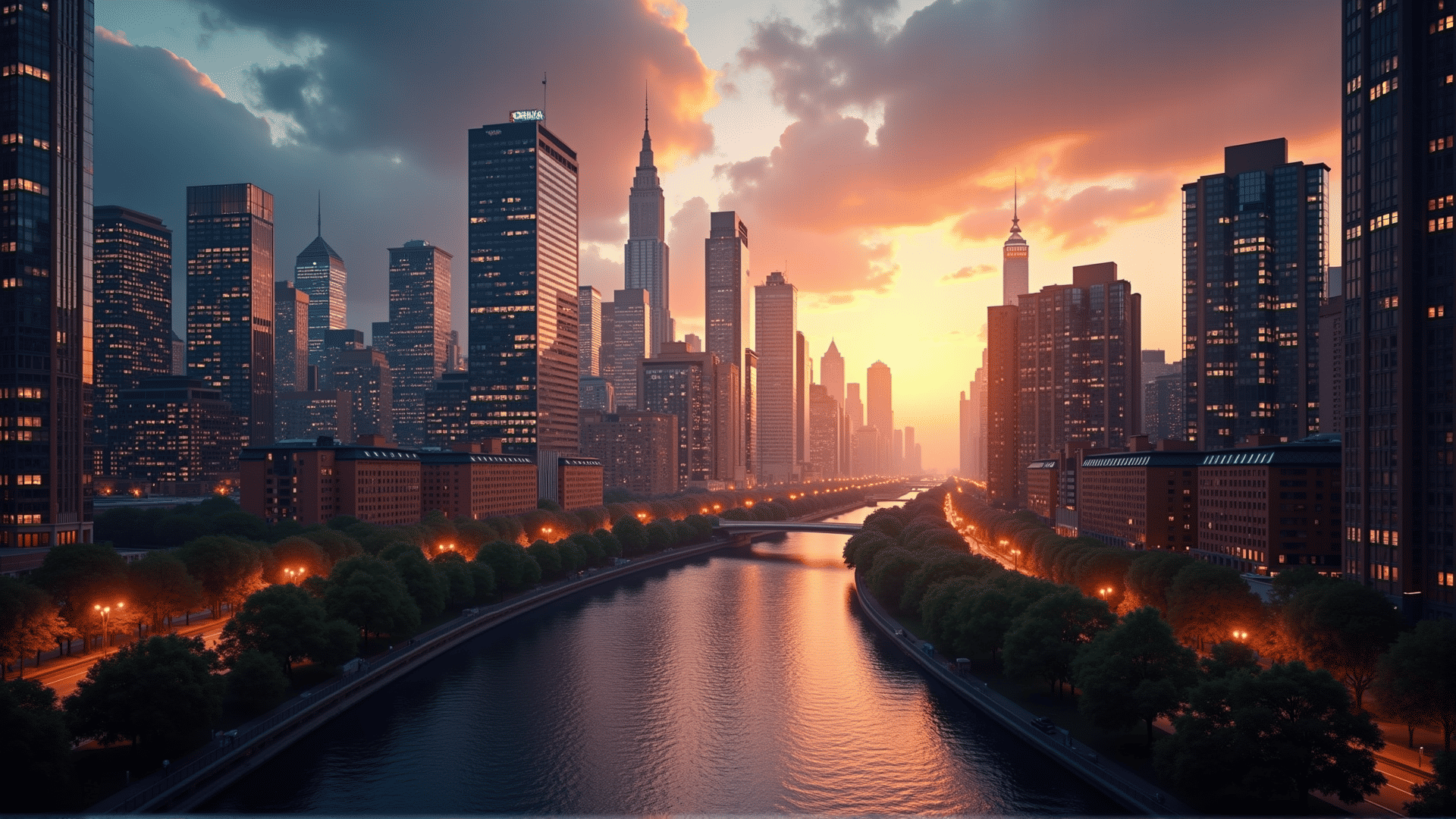Light is one of the most crucial elements in the art of photography, shaping the aesthetic and emotional tone of images. Its role extends beyond mere illumination, influencing mood, texture, and detail to bring each shot to life.
At its core, light in photography functions as the medium that makes an image possible. Without it, there would be no way to capture the scene before the lens. However, beyond this fundamental necessity, light plays a diverse role, impacting the composition and storytelling in photography.
Firstly, mood is heavily dictated by the quality and direction of light. Soft lighting, typically seen during overcast days or the golden hour, can create a calming, ethereal atmosphere, ideal for serene landscapes or intimate portraits. Conversely, harsh, direct light, like that found at noon, casts sharp shadows and highlights, adding drama and tension, often used for dynamic street scenes or bold architecture photography.
Texture is another aspect where light proves its importance. Side lighting can reveal the intricacies of a surface, accentuating details that may otherwise go unnoticed. This is particularly useful in still life or macro photography, where the texture of a subject can add depth and interest. By adjusting the angle and intensity of light, photographers can manipulate textures to suit their vision, enhancing the dimensionality within a frame.
In addition to mood and texture, light is integral to capturing detail. The interplay of highlights and shadows defines the structure within an image, guiding the viewer’s eye and highlighting focal points. Controlling the exposure allows photographers to emphasize or downplay elements within a scene, ensuring that detail is captured precisely as intended.
Finally, light serves as a storytelling element, contributing to the narrative of an image. It can signify the passage of time, denote seasonality, or symbolize an emotion. For instance, long shadows cast during sunset can evoke nostalgia or suggest an ending, while the diffused light of dawn might imply new beginnings.
In conclusion, light is much more than a mere technical component of photography; it is an expressive tool that conveys emotion, highlights detail, and adds depth. Through mastering the use of light, photographers can transform ordinary scenes into compelling works of art, imbuing each shot with layers of meaning and aesthetic appeal.
